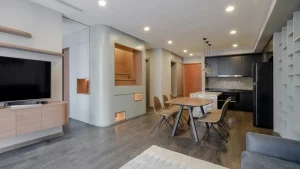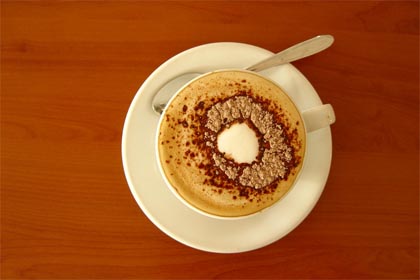When you’re investing in Singapore’s competitive property market, you can’t afford to settle for mediocre interior photography. Your home’s architectural details, spatial flow, and premium finishes require technical expertise that goes beyond basic camera skills. Professional interior photographers understand HDR bracketing, perspective correction, and strategic lighting placement—techniques that directly impact your property’s perceived value and market appeal. The difference between amateur snapshots and expertly crafted imagery determines whether potential buyers will even consider scheduling a viewing.
The Technical Expertise That Sets Professional Interior Photographers Apart
When you’re selecting an interior photographer in Singapore, the technical mastery they bring to each shoot directly impacts your property’s market appeal and visual storytelling effectiveness. Professional photographers understand complex lighting scenarios, utilizing advanced HDR techniques and tilt-shift lenses to eliminate perspective distortion. They’ve mastered exposure bracketing for balanced ambient and artificial lighting, ensuring accurate color reproduction across varied surface materials. Their expertise extends to precise focal length selection, maintaining architectural proportions while maximizing spatial perception. Unlike amateur photographers, they strategically position strobes and continuous lights, creating depth through controlled shadows that enhance texture and dimensionality in every frame.

How Proper Lighting and Composition Transform Your Home’s Visual Appeal
Because lighting fundamentally shapes how viewers perceive spatial dimensions and material quality, your home’s photographic transformation depends on strategically balancing natural and artificial illumination sources. Professional photographers manipulate color temperature, eliminate harsh shadows, and create depth through layered lighting techniques. They’ll position strobes to enhance architectural details while preserving natural ambiance from windows.
Compositional mastery involves selecting ideal angles that maximize perceived space, utilizing leading lines from furniture placement, and framing shots to showcase your home’s flow. Wide-angle lenses capture expansive rooms without distortion, while careful staging removes visual clutter. These technical decisions directly impact market appeal and buyer engagement rates.
The Financial Impact of Quality Photography on Property Value and Market Response
While amateur photography might save upfront costs, professionally shot interiors generate measurable returns through accelerated sales timelines and premium pricing outcomes. Singapore’s competitive property market demands visual differentiation—quality photography reduces listing duration by 32% while increasing buyer engagement rates. Professional images command 15-20% higher asking prices through enhanced perceived value. Your property’s digital presentation directly influences market positioning and buyer psychology. Technical proficiency in lighting, composition, and post-processing translates to quantifiable ROI through faster transactions and improved negotiating positions. Investment in skilled interior photography consistently outperforms DIY approaches across all market segments.
What to Look for When Selecting the Right Interior Photographer in Singapore
How do you identify a qualified interior photographer who’ll deliver portfolio-grade results in Singapore’s demanding property market? Examine their technical proficiency with HDR bracketing, exposure blending, and perspective correction techniques. Review portfolios for consistent lighting quality across diverse property types—condos, landed homes, commercial spaces. Verify their equipment capabilities: full-frame cameras, tilt-shift lenses, professional lighting systems. Assess their understanding of Singapore’s architectural styles and cultural preferences. Check client testimonials from developers, agents, and homeowners. Evaluate their post-processing expertise—color accuracy, detail enhancement, perspective adjustments. Consider turnaround times, pricing transparency, and communication responsiveness. Quality interior photography requires technical mastery, artistic vision, and market understanding.
